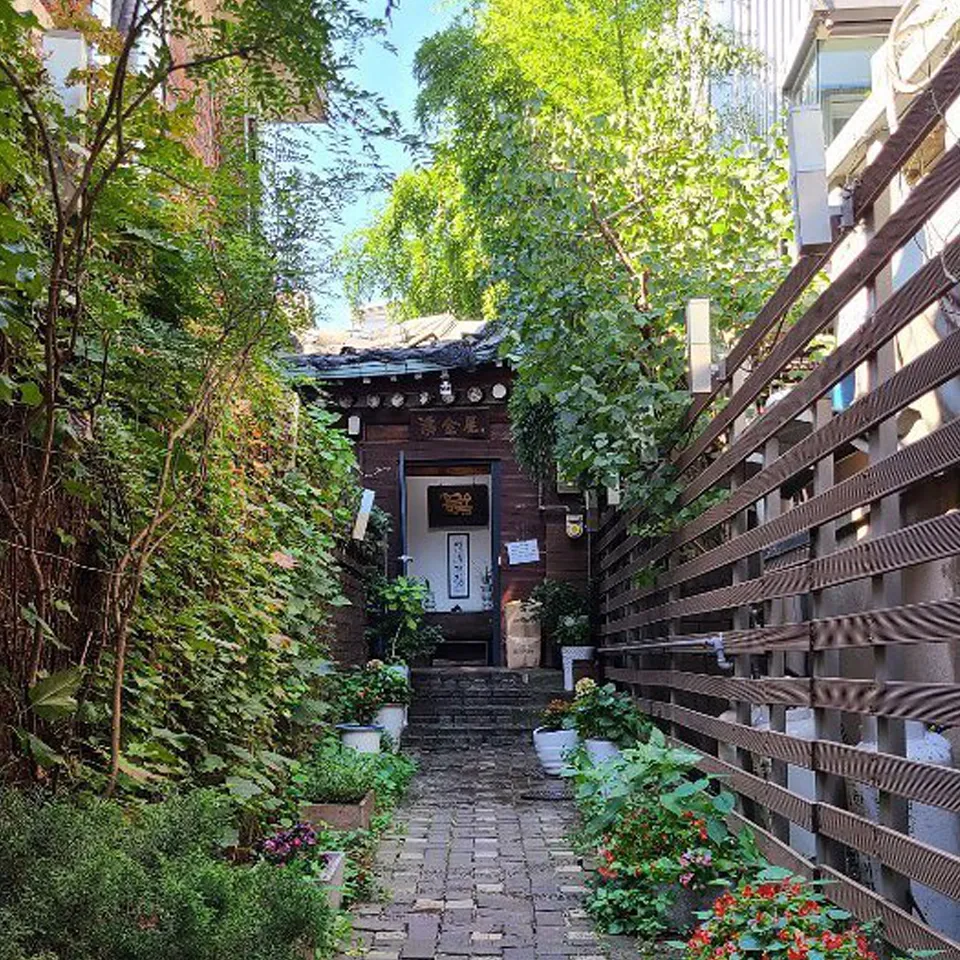
7 Oldest & Historical Korean Restaurant
Let me introduce traditional Korean meals that may be unfamiliar to you, such as Seolleongtang, Haejangguk, and Chueotang. Have you ever heard of it?

Some Korean restaurants in Seoul have been around for more than a hundred years, which means that they survived the end of joseon, the japanese occupation, the Korean war, two dictators and the numerous economic crashes! Through it all they still managed to keep the same taste. In Japan, there is a word called “shinise” (老铺), it means an old store in Korean. But it doesn’t just mean an old store with traces of time but an old store with history, tradition, and self-esteem. It doesn’t mean a grand scale, but there are also places where simple tofu is made and sold in small spaces at the entrance of the neighborhood, or a small restaurant that sells sushi in the back alley of Ginza. Nevertheless, it is a place where they continue to run stores for generations without losing their original intentions and passion.
1. Imun Seolleongtang (1904 – Present)

What is Seolleongtang?
Seolleongtang is a milky beef bone soup that’s made by boiling down ox leg bones for several hours until the broth becomes rich and creamy white. This broth is a staple in Korean households, especially during cold winter months.
The oldest Korean restaurant in Seoul is ‘Imun Seolleongtang’ located in Gyeonji-dong, Jongno-gu. It is the first restaurant in Seoul that opened in 1904, a whopping of 115 years old. The key to this soup that survived decades is its watery soup. It may taste bland for customers who first visited Imun Seolleongtang, but it contains the sincerity of boiling the beef bone broth for 17 hours.

Instagram: godhkbg
A bowl of Seolleongtang costs 7,000 won, or 9,000 won if you want an bigger portion.
2. Hyeongjae Chueotang (1926 – Present)

What is Chueo-tang?
Loaches or mudfish may not be the first thing that come to mind when thinking of healthy food. But in Korea, when people are exhausted, many look for loach soup, or chueotang.
Chueotang is prepared by purging sand out of live loaches by boiling them in salted water. The loaches are then boiled again with various vegetables, such as chives and dried radish greens.
(*Actually, there are many koreans who can’t eat chueotang, especially young people. It’s known as a very nutritional food with high protein. That’s why it’s popular among middle -aged people. It goes really well with korean Soju as well.)

Hyeongjae Chueotang, opened in 1926, is the second longest running restaurant in Seoul. Originally, Seoul-style Chueotang is called ‘Chutang’ because the whole loach is not grounded. Nowadays, it is hard to find proper a Chutang, but Hyeonjae Chueotang is one of the restaurants that proves its fame and serving both Chueotang and Chutang. Chutang soup is flavored with cow intestines. Chutang is 11,000 won per person and Chueotang is 10,000 won.
3. Yonggeumok (1932 – Present)

Instagram: yongkeumok
Another Chueotang restaurant, Yonggeumok, a Seoul-style chutang restaurant, is third in place. Yonggeumok was in Mugyo-dong when it first opened in 1932, but then moved to Da-dong, Jung-gu in 1961. Since Cheonggyecheon was restored, more and more visitors have visited Yonggeumok. Acted as a forum for discussing the times and life from right after the liberation until the 1960s, this place and the heart of the former hostess was once again loved as it gathered young people and provided free food to customers who had no money. Chutang costs 8,000 won and is closed every Sundays of 2nd and 4th week.
4. Eunho Restaurant (1932 – Present)

No matter how hard you boil the broth, which is boiled only by the tailbone, not the cow femur, it won’t glows white. The color of the dilute soup at Eunho Restaurant (No.4), which opened in 1932, is likely to draw suspicion from customers who have become accustomed to the beef bone soup.

Instagram : all.about.seoul.trip
However, the restaurant’s desire is to provide the best tailbone soup. Noodles, new broth, and tailbone, which are cut in units that are served after meals is the main characteristic of Eunho Restaurant. The price is 15,000 won for tailbone soup and 12,000 won for Doganitang.
5. Gombo-Chutang (1933 – Present)

Jambaeok is a place where you can feel the taste of seolleongtang, which you eat at home. Rather than seolleongtang, it feels like beef bone soup that Korean Moms cooked.

Instagram: samchelinguide
Especially, the quality of beef is famous, so it is a good idea to try the boiled beef(수육) here.
7. Cheongjinok (1937 – Present)
What is Haejangguk?
Haejangguk refers to all kinds of soup eaten as a hangover ailment in Korea. In translation, it means "soup to chase a hangover" and it usually consists of dried napa cabbage, congealed ox blood and various vegetables in a hearty beef broth. Popular side dish that usually accompanies this meal is kkakdugi.

Cheongjinok, a representative hangover soup restaurant with cow intestines, blood, and stems of cabbage, radish, and other greens!

Instagram : cheongjinok
It is so famous that the word hangover soup comes to mind when you think of Cheongjin-dong neighborhood. Although there are so many thicker and more delicious hangover soup restaurants with similar composition, it is a restaurant that being cheers to stay open for 100 years.